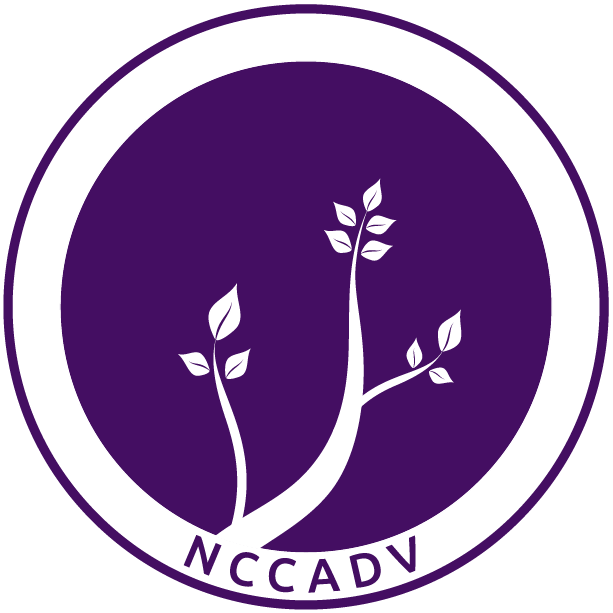
Student Prevention and Education Resources
Tools to engage students
Students are often balancing classes, homework, work schedules, social activities and their own personal lives. Although students are often expected to make their own decisions, often they continue to look towards trusted campus staff and faculty members for assistance when they encounter difficult personal or social situations.
For best practices and how-tos, relationship building and prevention programming, explore the tools provided in this section of our website!
Have you assessed the campus climate?
Most college students (57%) say that they would have a difficult time being able to identify abusive behavior in a friend’s dating relationship. Another 58% say they wouldn’t know how to help someone who was being victimized in an abusive relationship. Learn about dating abuse and how to recognize warning signs.
Guiding Principles for Prevention & Education
Prevention and response training should be in-depth and ongoing. IPV, stalking, and sexual violence are common but very complex issues. In order to make the campus safer, staff, faculty, and students need this level of training.
Messages should focus on reducing risk factors, come from all parts of campus, and reach constituents multiple times. Messages about primary prevention should focus on reducing risk factors for perpetrating intimate partner and sexual violence, not just on increasing protective factors for potential victims/survivors. These messages are also important for supporting victims/survivors.
Create a comprehensive, strategic plan for implementing, assessing, and evaluating prevention efforts. Developing a comprehensive plan, including evaluation, should be the first step of prevention work.
Prevention should be culturally relevant, appropriate, inclusive, and informed by students, especially victims/survivors. Efforts should be responsive to the needs of marginalized and oppressed groups represented on campus, especially students of color, LGBTQ students, students with disabilities, and more. Student input should be a predominant feature in educational or prevention messaging and curriculum development. Messaging should never reinforce negative stereotypes.
Suggested Three Stage Prevention and Education Program (source):
The Office on Violence Against Women (OVW) recommends that campuses structure the prevention and education program for incoming students into three stages to maximize the number of incoming students reached, and engage them in as effective a way as possible. The three stages are:
Pre-Orientation/Arrival
Orientation/Arrival
Post-Orientation/Ongoing.
Creating three stages allows the institutions to use a variety of media to reach students, encompass a greater depth of information, and work within a larger timeframe. Programs should consider how to track incoming students through these three stages to ensure participation and completion of the mandatory prevention and education program. Campuses must work in close collaboration with experts on IPV to address these issues in their programming.
OVW suggests the following:
Pre-Orientation/Arrival Stage
OVW recommends that schools complete one or more of the following:
Send a peer-to-peer letter to every incoming student including information about services, institutional protocols and policies. Clear definitions of sexual and intimate partner violence and stalking should be included. The content and tone of letter should be appropriate for all student populations.
Include a section in the student and/or orientation handbook that details information about victim/survivor services, institutional protocols and policies, including clear definitions on what constitutes sexual and intimate partner violence and stalking. The content and tone of this section should be appropriate for underserved populations as well.
Invite incoming students to participate in an online peer forum. The peers staffing these forums should offer follow-up information on the prevention and education material provided in the pre-orientation letters. These sessions are for general information and should not cover individual victim/survivor issues. It is essential that institutions work with experts in developing this forum in the event that a victim/survivor discloses abuse.
Distribute flyers at incoming student orientation and various new student functions about sexual and intimate partner violence, services, policies and protocols.
Orientation/Arrival Stage
Given the different types of campuses and their various orientation policies, there is no one size fits all solution. OVW recognizes that the orientation schedule for a large public university will be vastly different from that of a small rural community college.
Programs should be creative and use all of the campus resources available to reach the entire population of incoming students. For those schools that have a formal orientation session or class, the following issues should be considered while planning and implementing an orientation presentation:
Consult with representatives from various campus departments. For example, address policies/procedures around violence as they apply to Health and Counseling, Campus Police, Student Athletics, Student Life and Residence Halls. Instill the message that sexual violence and IPV issues are addressed campus-wide.
When planning and delivering the orientation program, bring in community response team members to help create the training materials and facilitate the trainings. In addition to reinforcing the partnerships, this will help students identify available community resources as well.
Be conscientious and encompass all different orientation sessions held on campus. Incoming students enter the campus every quarter, semester, and in addition, some unique groups may have their own separate orientations (such as athletes, specific residence halls, and international students).
Within the Orientation training, each program should consider employing two or more distinct formats to reach students in different ways. It is recommended that one of the strategies involves peer education, delivered by a campus men’s group or via peer theatre. Please note, especially in schools with mandatory orientation sessions, OVW does not consider the creation and distribution of electronic and print media alone to be sufficient. Incorporating student involvement and/or an interactive component is strongly encouraged.
For those schools that do not have a mandatory orientation class or session, it may be more challenging to meet this program requirement. These campuses should attempt to incorporate as many, if not all, of the recommendations above. However, there are some additional recommendations for schools without mandatory orientation:
Require all incoming students to participate in an online training and/or quiz prior to registering for their classes.
Provide them with relevant information and materials before their matriculation.
Sponsor seminars, sessions or a “mixer” for new students where a block of time could be scheduled to speak about issues of IPV and campus services.
Post-Orientation/Ongoing Stage
After the initial “arrival” of incoming students, campuses should continue to schedule activities connected to different campus events and located at a variety of campus venues.
The following activities are recommended throughout each year:
Be present at season-opening athletic events, Greek recruitment (”rush”) activities, new student fairs, and/or set up educational and awareness tables outside the bookstore or student union.
Have peer educators staff the educational and awareness tables and recruit students to get involved in peer education.
Connect with residence hall RAs and set up training for them and their residents.
Offer a peer theatre presentation for a large group of students.
Send out a follow up informational email regarding IPV and campus services to all newly registered students.
Establish a website for program information and resources.
Create a public education/social media campaign regarding gender-based violence that is informed by campus data as well as evaluation research.



